The photograph above shows the latest cohort of undergraduates coming to study at Hertford College, Oxford. It is taken on the west side of the Old Buildings Quadrangle – you can just glimpse the corner of the famous stone spiral staircase that leads up to the dining hall on the left. But this is 1919, one year after the end of the Great War. Some of the men smile but the general air is one of pensive seriousness. Look closely and one man wears a black armband. And there’s a vacant seat in the middle. It’s been left free, according to Dr Christian Krige and the person who donated the picture to the college archives, (top row, second from the right) for his old friend, Percy Nugent George Fitzpatrick. He should have been there too. But for the fact that, while serving as a battery commander for the South African Heavy Artillery near Cambrai, in France, on 14 December 1917 he was killed by a chance shell. He was a fortnight away from his next period of leave, when he would have returned to his beloved hills and lakes of the Eastern Cape in South Africa.
Percy was one of the 98 Hertford men who lost their lives in the First World War. His name is there alongside the others on the memorial to the right of the altar in the college chapel designed by TG Jackson. Indeed go into pretty much any Oxford college chapel and you cannot help but be moved by the long lists of names hewn into stone, of the University men elevated to ranks well beyond their youthful experience. Upgraded to officers, they would have been, like Blackadder and his friends, first ‘over the top’, and so have taken the full impact of gunfire from the opposing side.
It was only recently, however, when I was tasked with showing a group of Hertford alumni around the college that I discovered the reason why Fitzpatrick’s name is maybe better remembered than some of the others on that plaque. For the idea of keeping the two minutes silence that we still observe today to mark the end of hostilities, at the 11th hour, on the 11th day of the 11th month, came from his father’s experience of similar silences to remember fallen soldiers in South Africa.
Percy Nugent George Fitzpatrick was born in Johannesburg in 1889, later moving with his family to the Eastern Cape. His father was the author of Jock of the Bushveld, an imperialist tale that was a bestseller in its time, and also a politician, serving as High Commissioner during the war years. Percy was a talented swimmer, honing his skills in the lakes around his home, and breaking all his school’s swimming records. Indeed after coming to Hertford as a Rhodes scholar in 1910, he won a swimming half blue, the distinction given to those who were chosen to represent the University. He was training to be a barrister at the Inns of Court when war was declared. Returning home to South Africa, he volunteered immediately, serving first in the German South West African campaign and then later with the Allied Forces in France. 7,000 South Africans were killed in the conflict, mostly in Europe.
When news of the appalling losses of their kinsman reached those back home, there were calls for a way by which these men might be remembered. Robert Brydone, a member of the town council in Cape Town, and Harry Hands its mayor had both lost sons abroad. Together they instigated a pause in activity and a period of silence after the firing of the noonday gun, (a long time tradition in Cape Town) after which the last post would be played. On 14 May 1918 when the silence was first observed, it bought traffic to a standstill, and such was its impact it was continued daily until the end of the war.
It must have been quite something. It certainly moved Percy’s father, soon after peace was declared, to write to George V, urging him to do something similar more widely. ‘Silence, complete and arresting closed upon the city,’ he wrote. ‘Only those who have felt it can understand the overmastering effect in action and reaction of a multitude moved suddenly to one thought and one purpose.’
I do not care for the marching bands featured in Remembrance Day services. But I will be standing today in St Giles, the wide open street where Oxford families come to mark their respect, wearing my poppy as usual. I didn’t know Percy Fitzpatrick, but I will be thinking of his lost life and those of the others who have not come home over the years, symbolised by that empty chair above. Just as this soldier did on the very first occasion of the two minute silence in London in November 1919 – a moment recorded in The Guardian newspaper.
‘At eleven o’clock I chanced to be at Oxford Circus. It was a most impressive moment. There was a loud detonation, and immediately the restless traffic was silent, every male head uncovered, and all flags on the house-tops slackened in the leech until they were half-mast high. I have never before assisted in a pause so reverent. It was possible to gauge the thoughts of the crowd. Many themselves had served, and will have been flung back, like the writer, to the memory of those fine fellows with whom they had lived in the closest union until the fatal scythe of war snatched them away. Of the others, who does not mourn a vacant chair?
For two brief minutes I saw again the distorted horizon of Northern France, and the last resting-place of so many of my gallant comrades. One by one the dearest of them were visualised during those brief two minutes. It was a great and sacred idea.’
All archive photographs are © Hertford College Archives
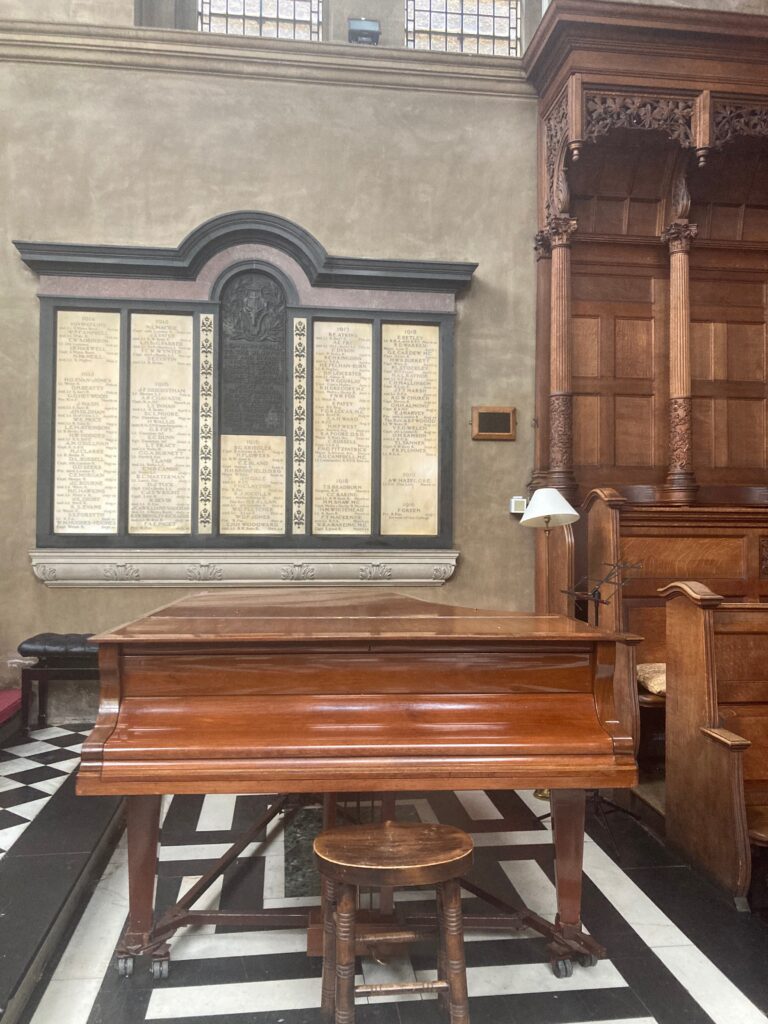
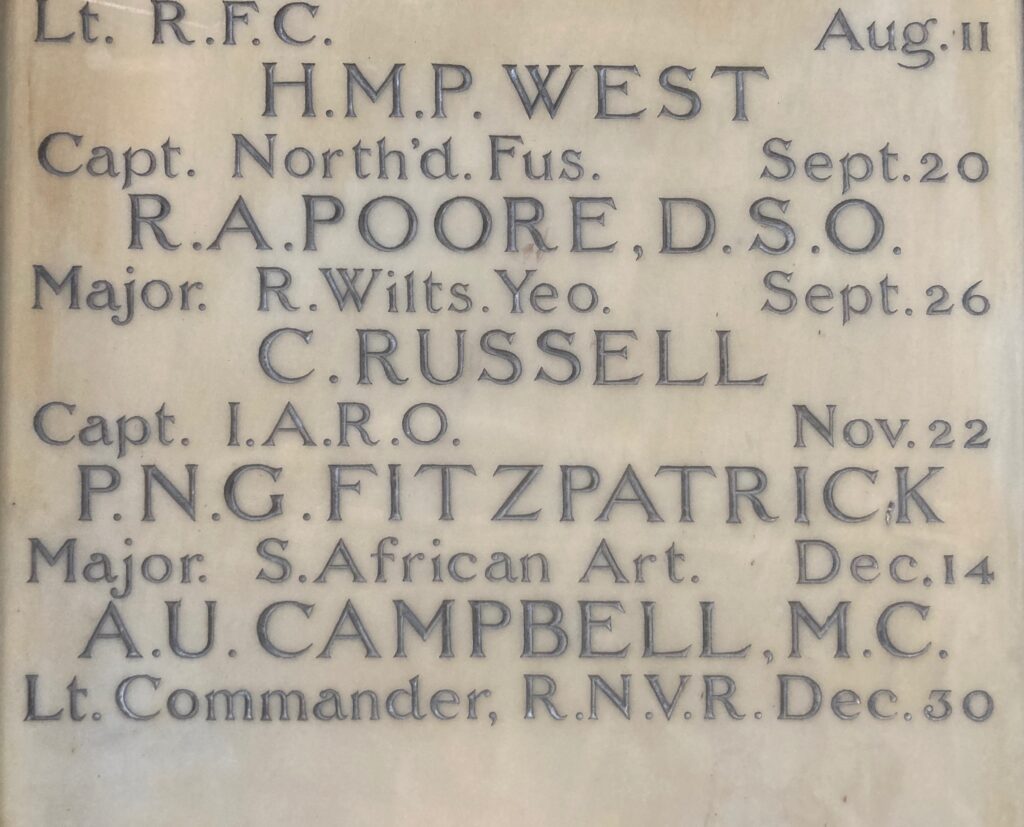
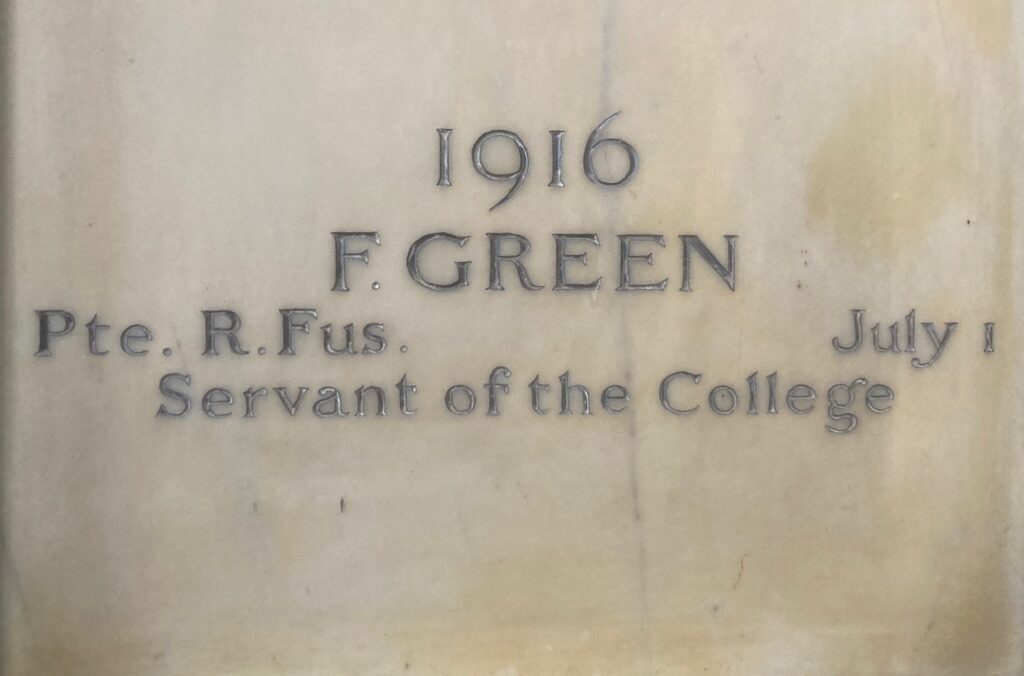

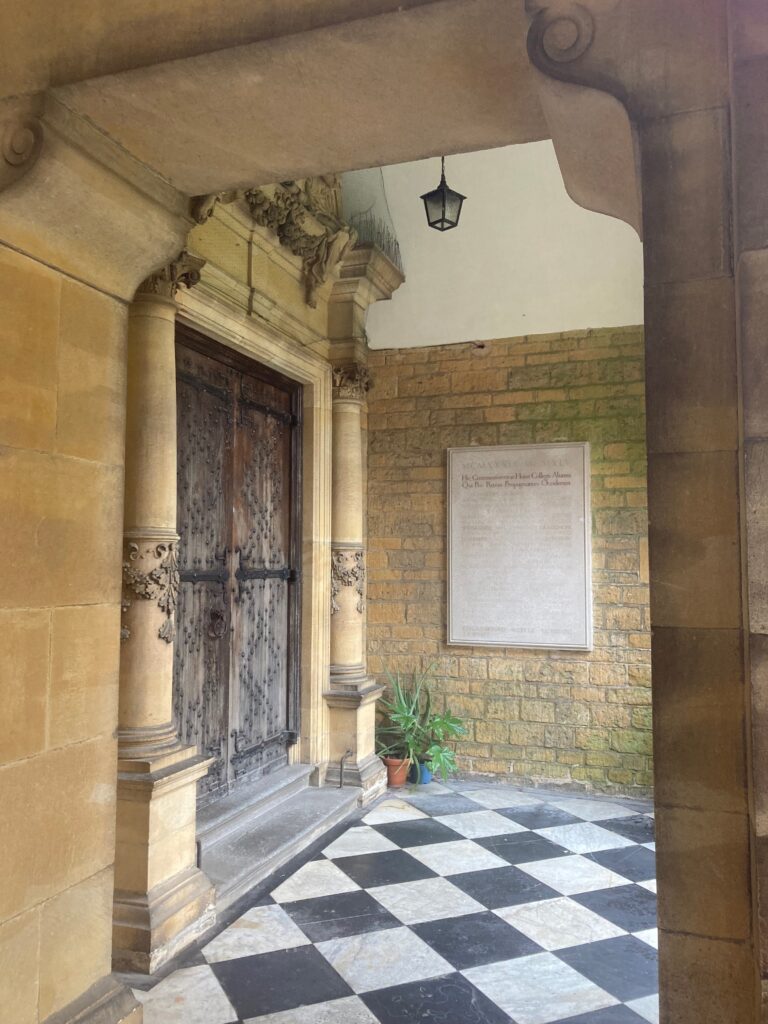
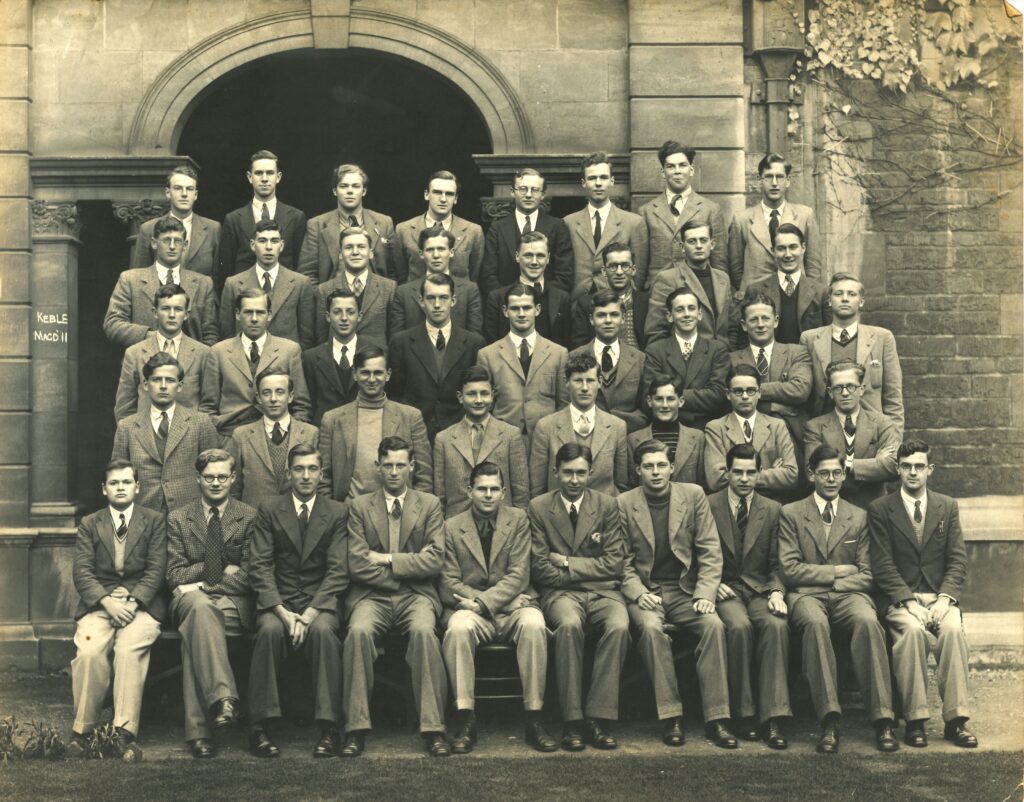
You can read all about Tom Roberts, an aspiring photographer, in the following Hertford College blog https://sites.ox.ac.uk/library-archives/tom-roberts/
And reference to other archival records here: https://archive-cat.hertford.ox.ac.uk/records/HC-PER/Roberts
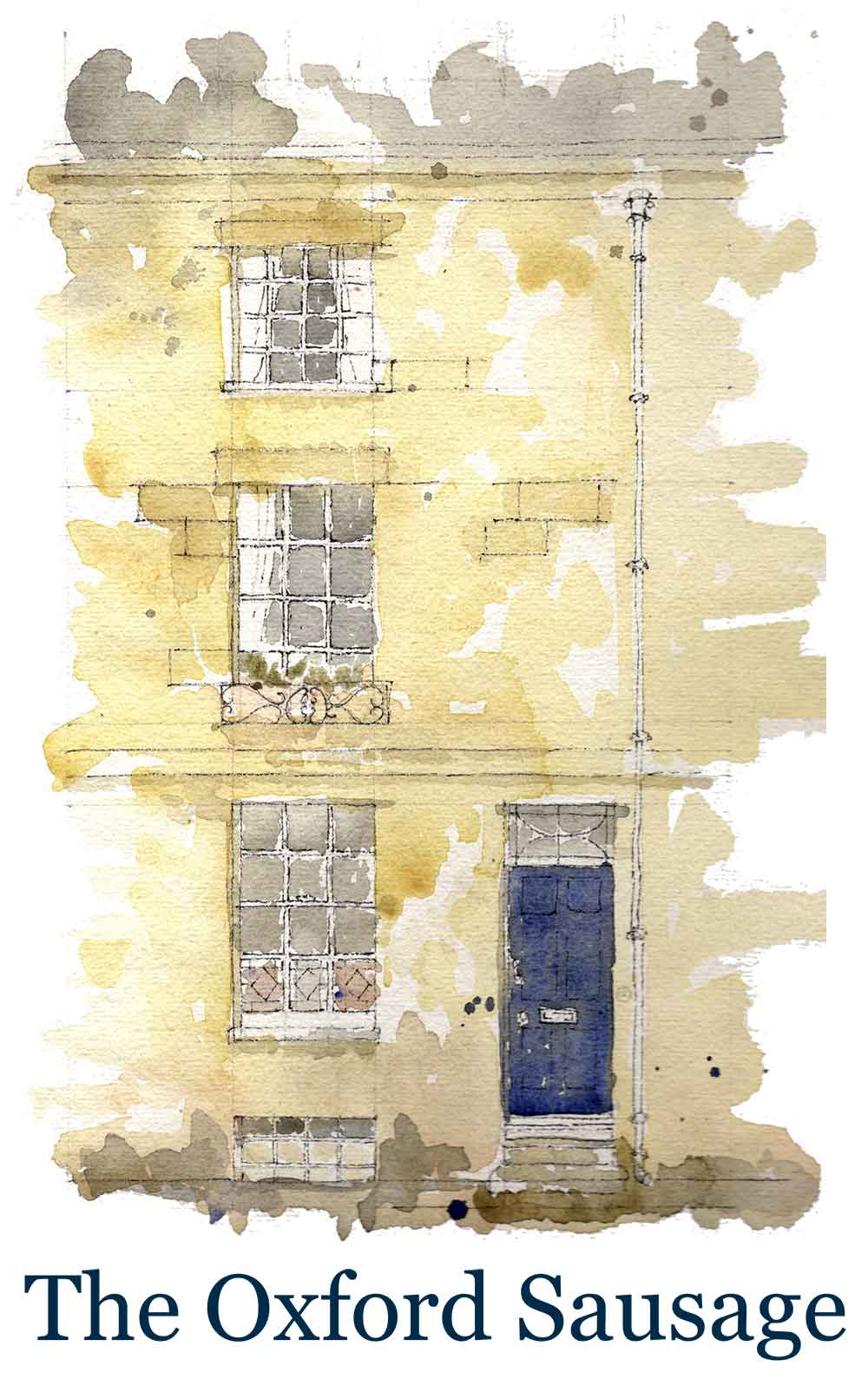
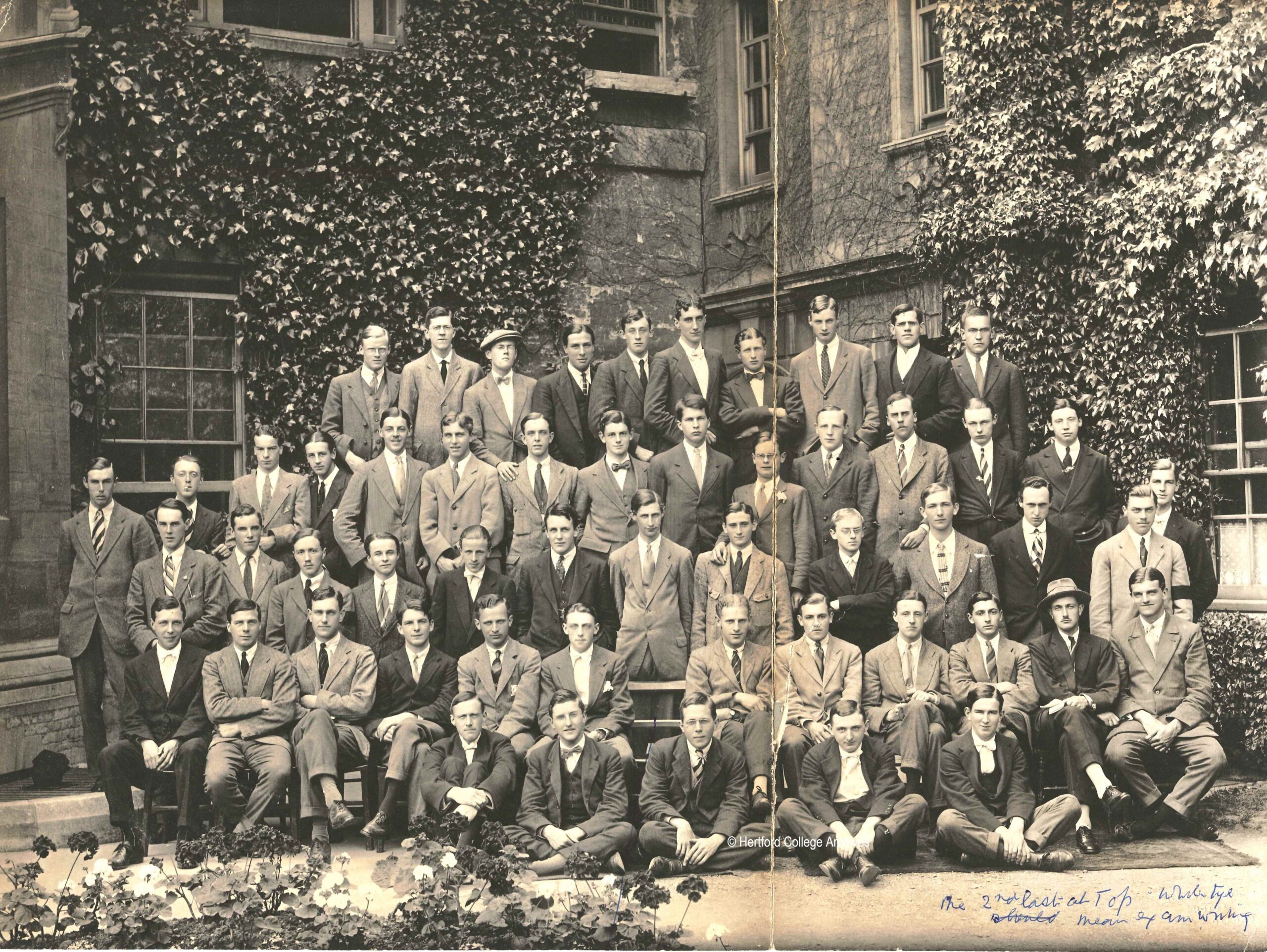
2 Comments
Join the discussion and tell us your opinion.
Deeply moving
New here. Great story and well written.